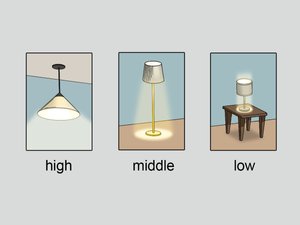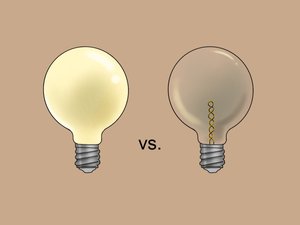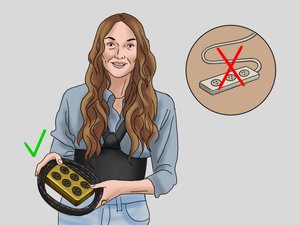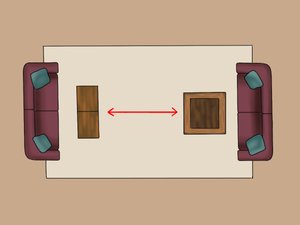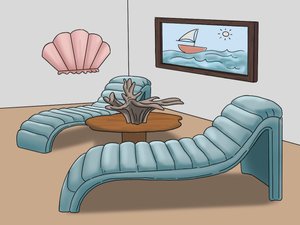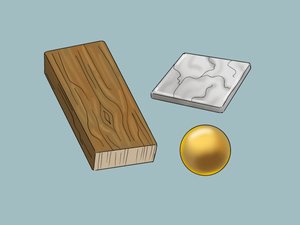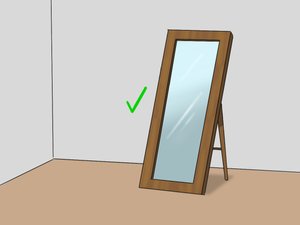How to Properly Light and Furnish Your Home

Authored by
Interior DesignerThe best interior design celebrates the comfort and joy of family life while helping you live better and feel better. It can also be a daunting task, as there are so many choices, colors, and materials to choose from. When it comes to properly lighting and furnishing your home, Kelly Wearstler has advice on how to simplify the process.

